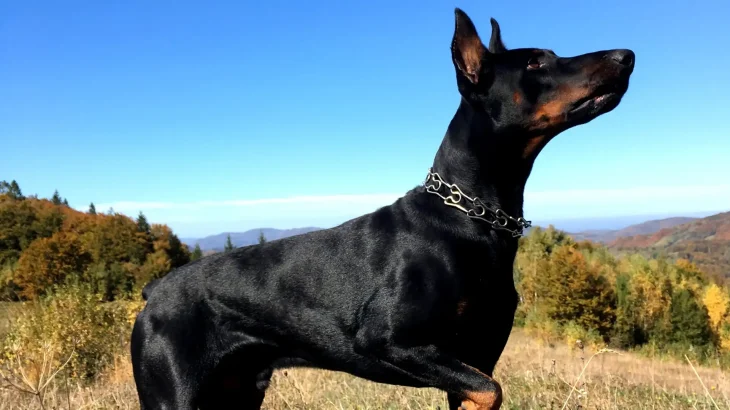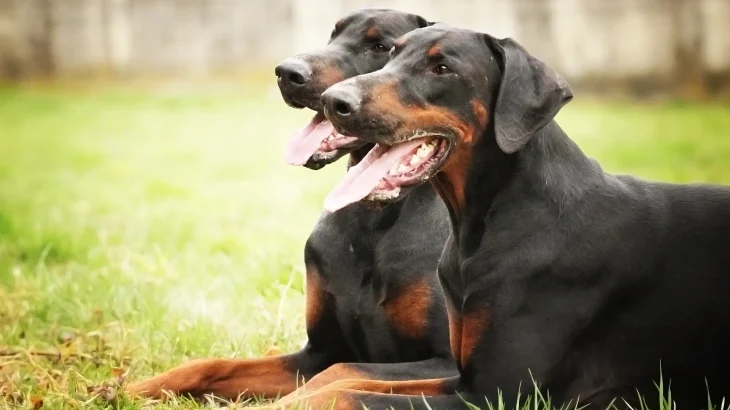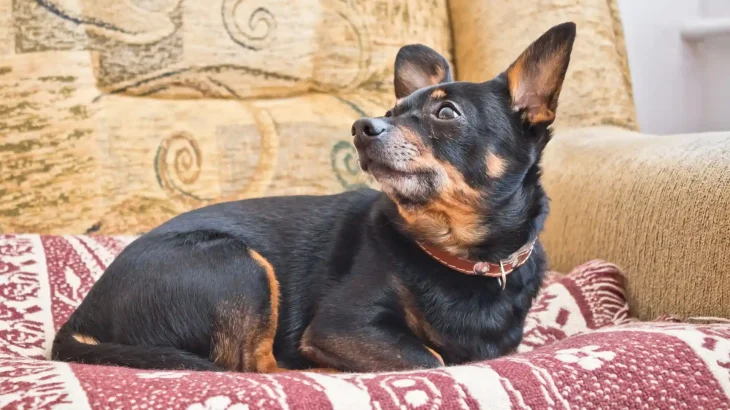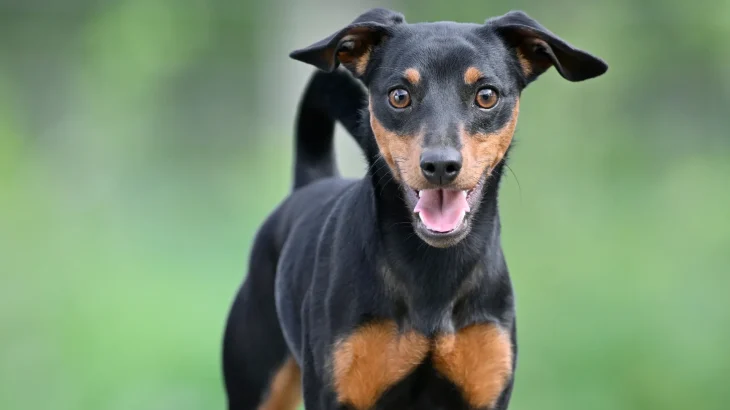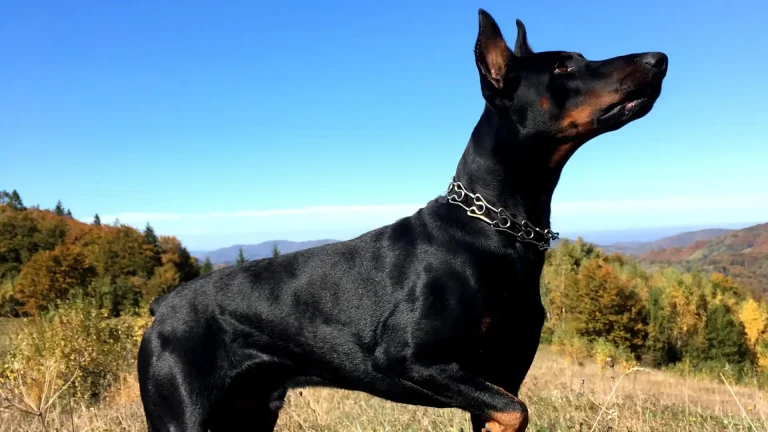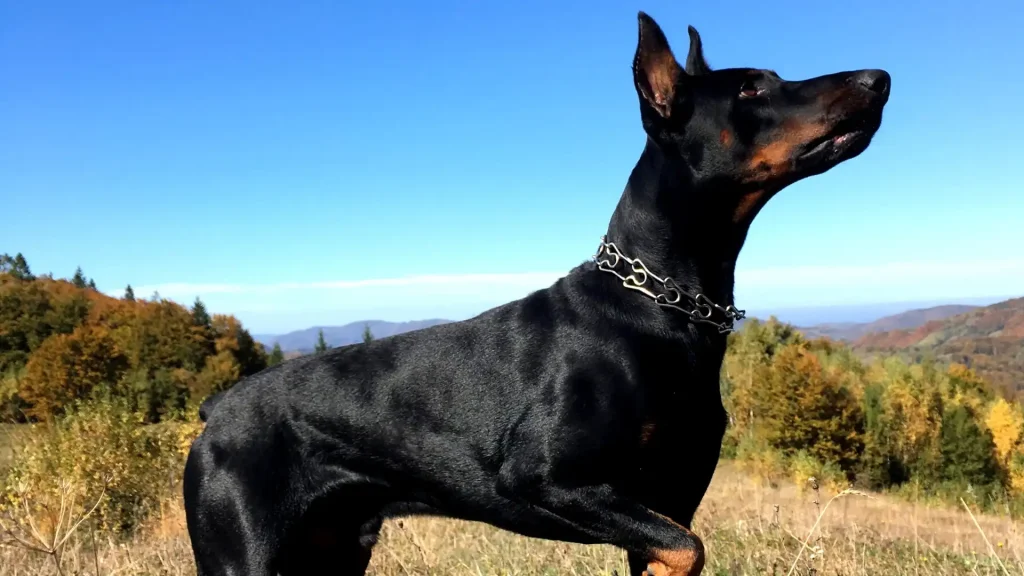Deciding whether to adopt or purchase a German Pinscher puppy depends largely on your preferences for health transparency, age flexibility, and ethical considerations. While buying from a reputable breeder often ensures known lineage and health screening tailored to the breed, adopting can offer the rewarding opportunity to give a home to a dog that may otherwise have uncertain origins.
Here is a quick look at adoption vs. breeder options:
| Criteria | Buying from Breeder | Adopting from Shelter/Rescue |
|---|---|---|
| Cost | Higher initial cost reflecting purebred status and breeder care. | Lower adoption fees, often including basic veterinary care. |
| Health History | Detailed health records and genetic testing common, especially for hereditary concerns like Von Willebrand Disease. | Health history may be limited; shelters perform initial health assessments. |
| Age Availability | Typically offers puppies allowing early socialization aligned with breed needs. | Variety of ages including adults available. |
| Temperament Insight | Breeders provide insights based on lineage and observed traits. | Shelter staff can offer behavioral observations, but full temperament history may be unknown. |
| Ethical Considerations | Supports responsible breeding programs that prioritize breed preservation and health. | Supports animal welfare by providing homes to dogs in need, helping reduce shelter populations. |
| Breed Purity & Pedigree | Guaranteed pedigree and breed-specific traits from lineage documentation. | Breed purity may be uncertain; mixed breeds common in shelters. |

